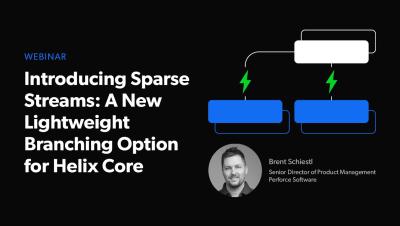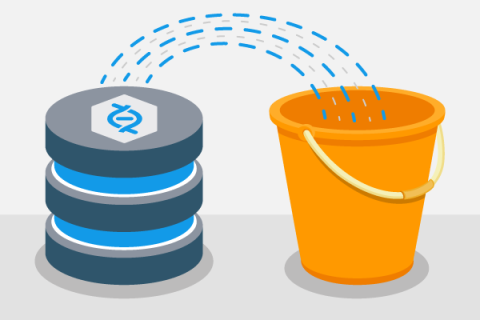Branching Strategies Guide: Code Branching Strategy Best Practices
Having a dedicated branching strategy is key for teams wanting to speed up their workflows, meet tasks on a deadline, and reduce code errors. But with all the different branching strategies – including release branching, trunk-based branching, feature branching, and more – it can be difficult to determine which one best fits your team’s needs.











